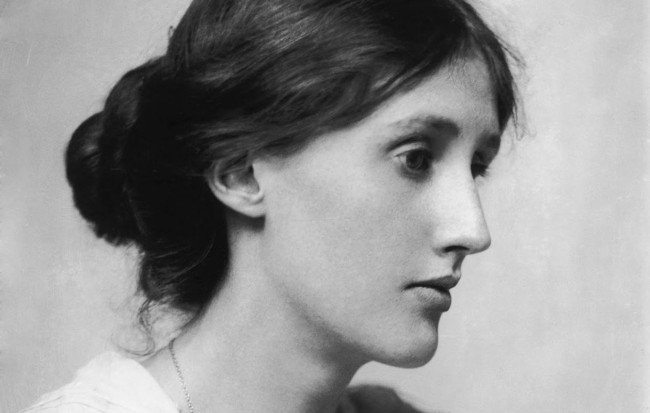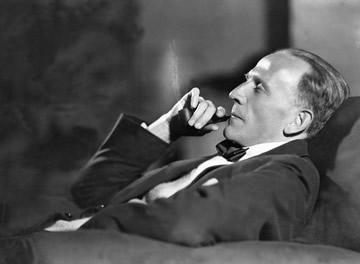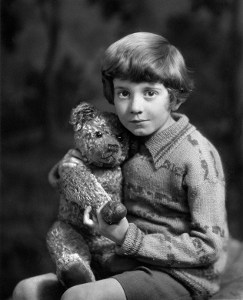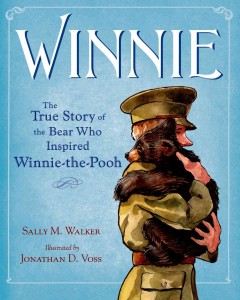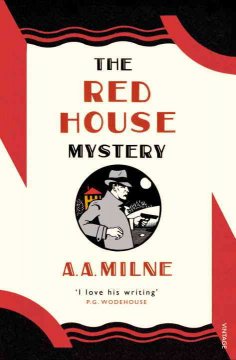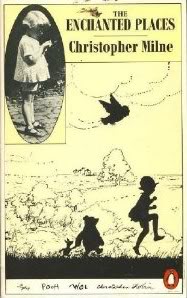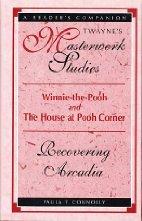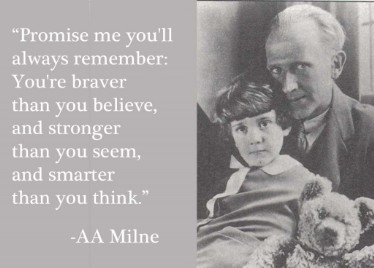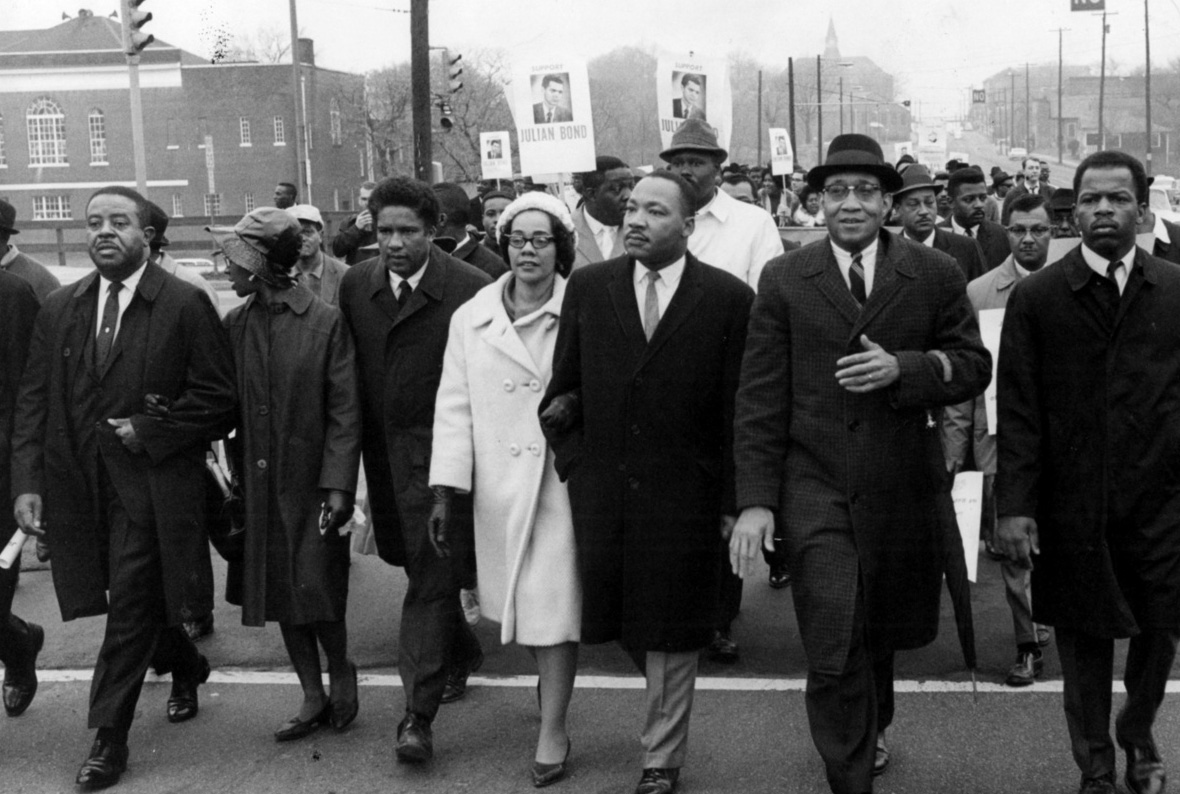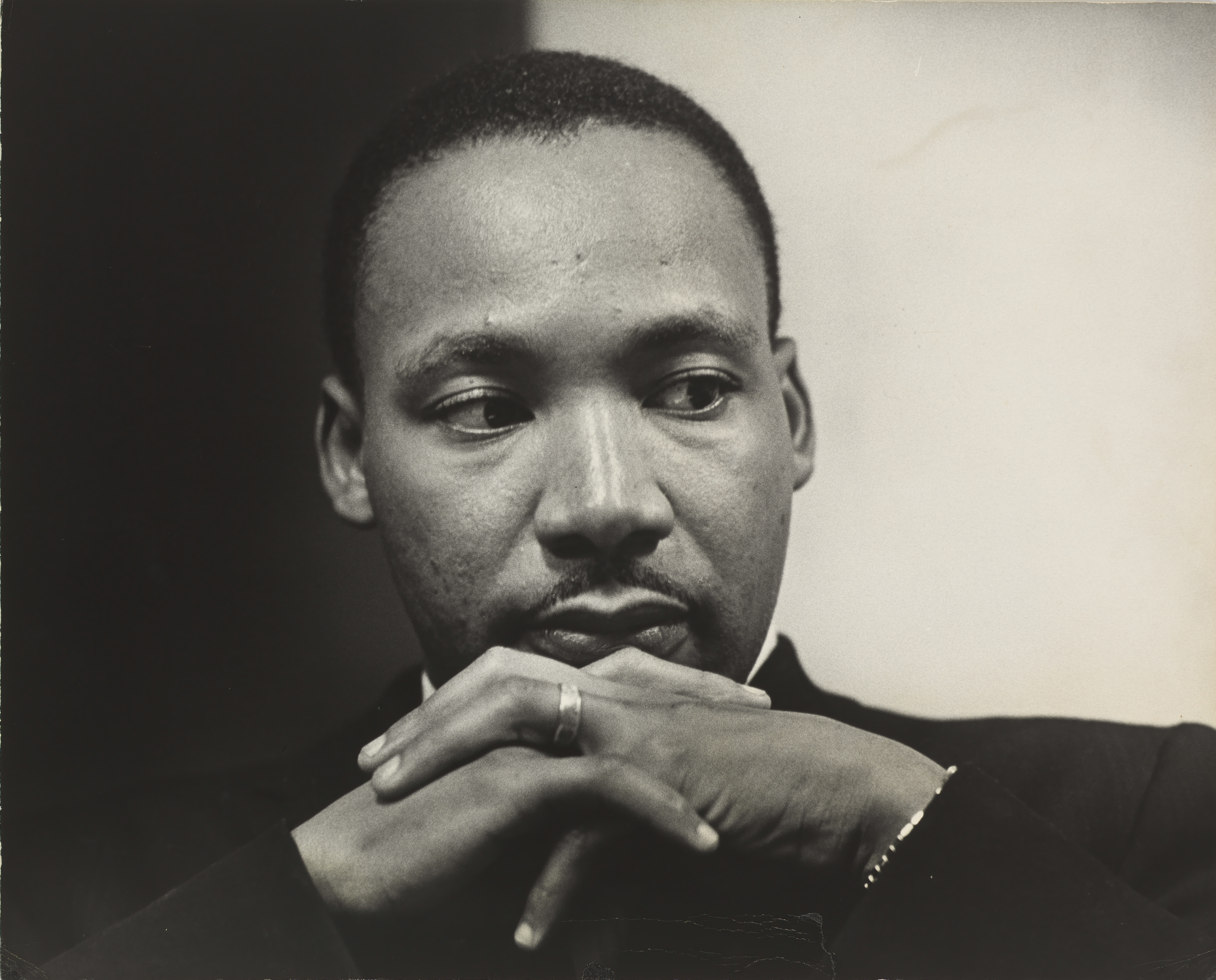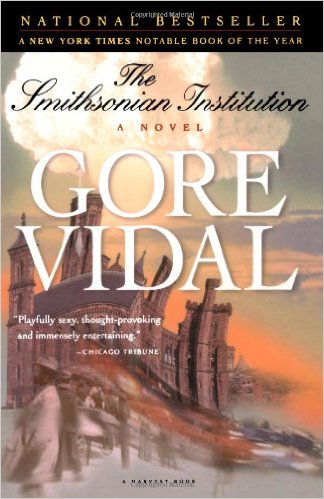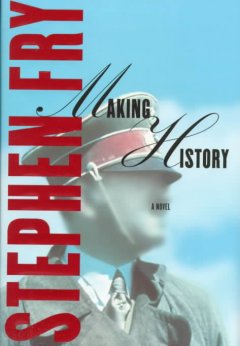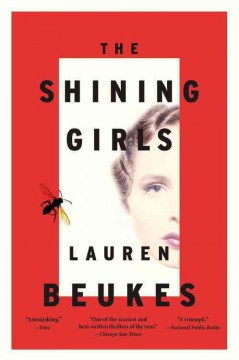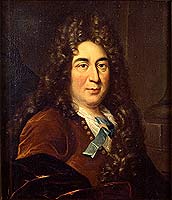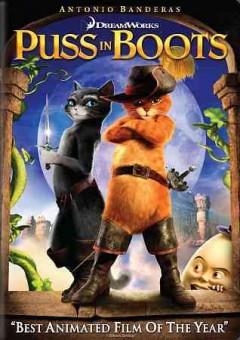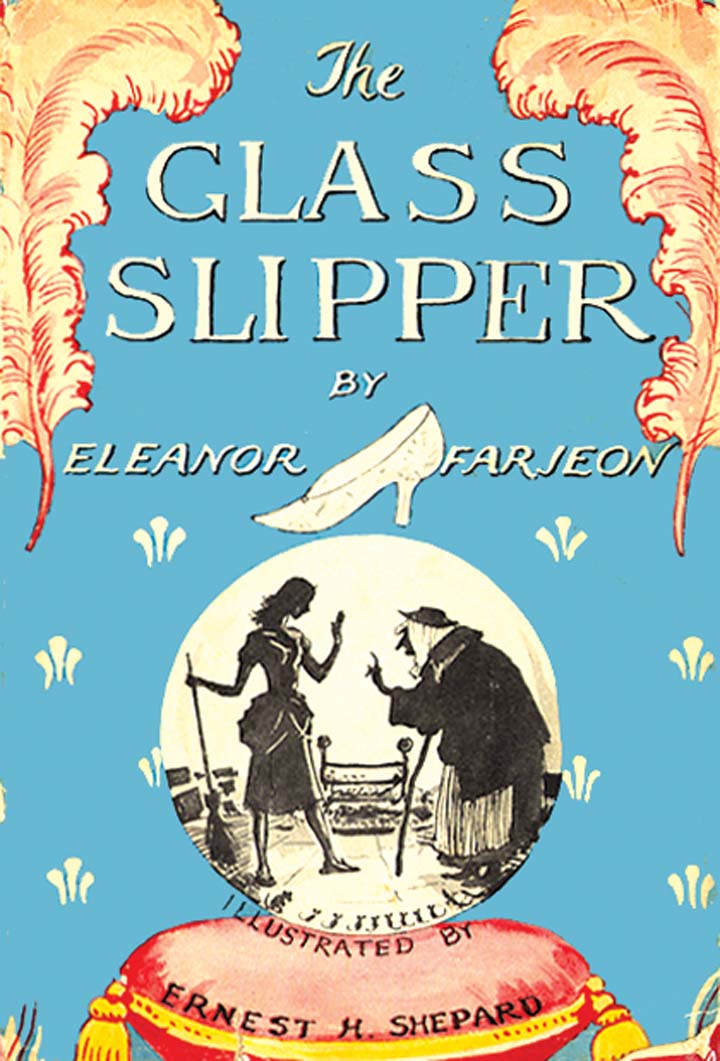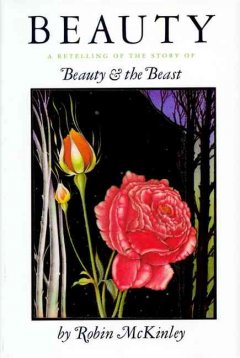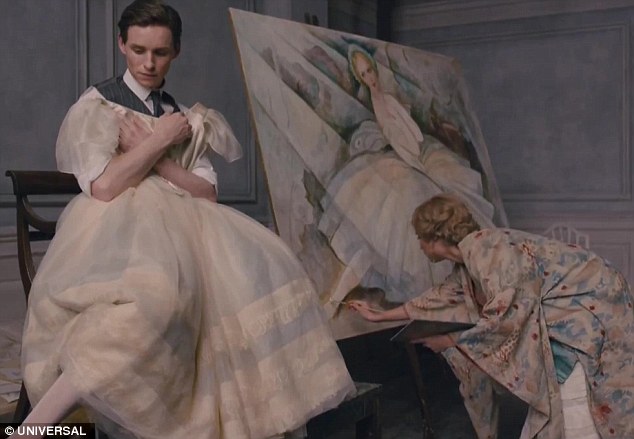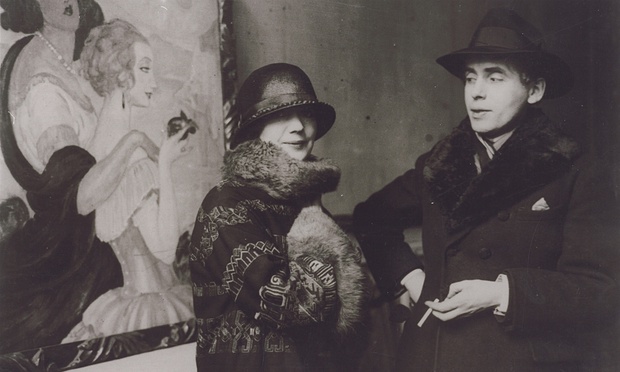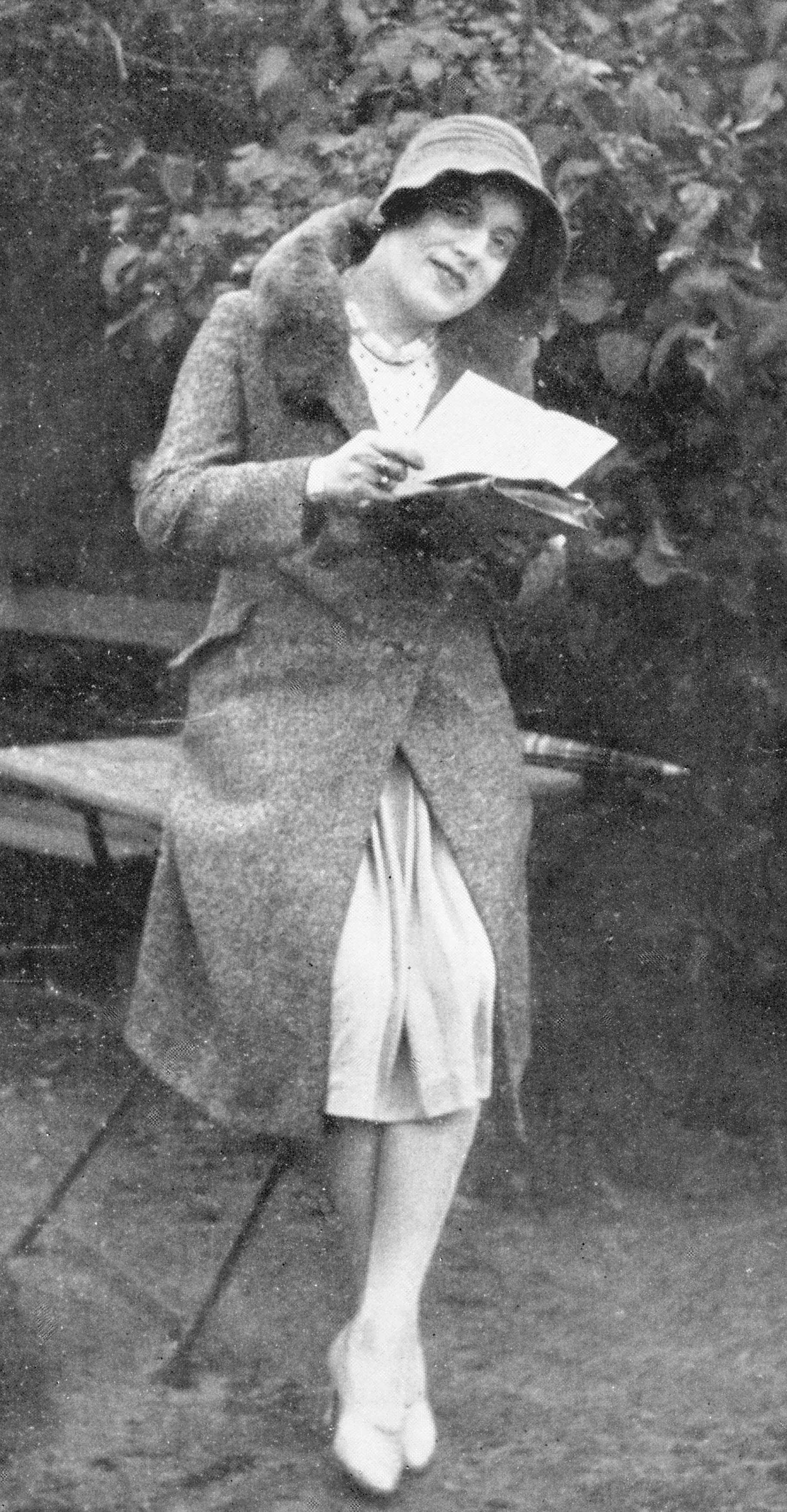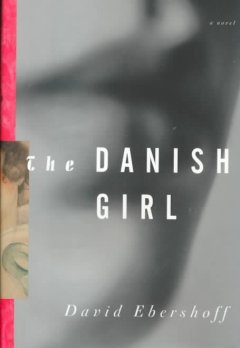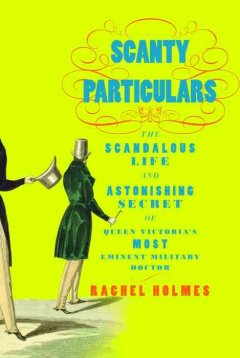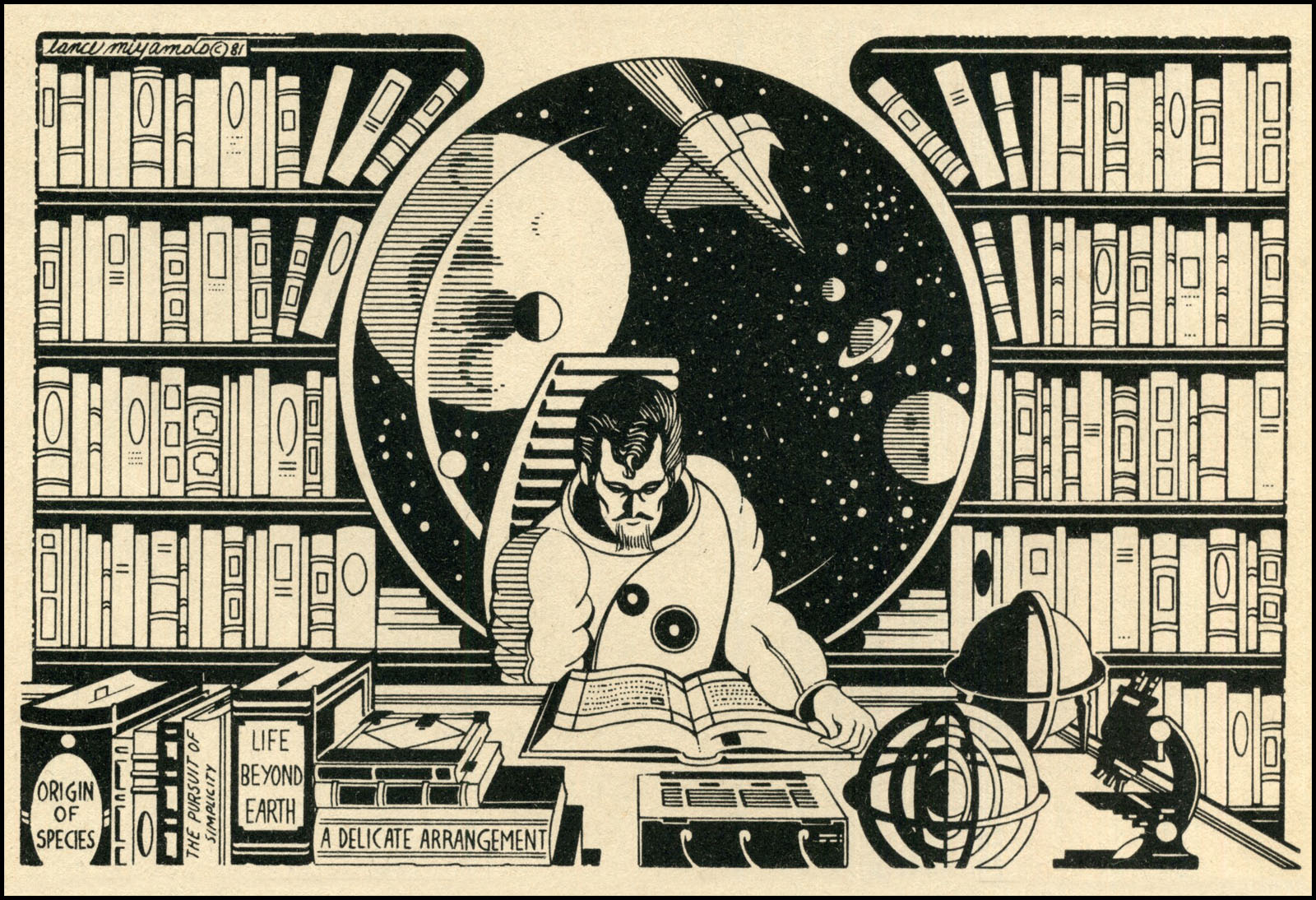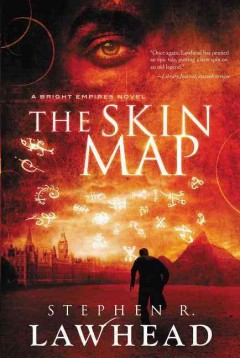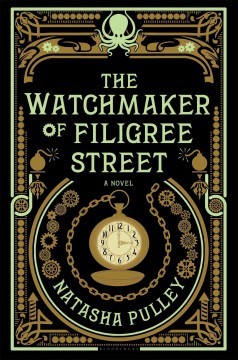Yesterday was the 134th birthday of one of the greatest modernist authors of the twentieth century, and one of the bravest women I have had the pleasure of reading: Adeline Virginia Woolf, born January 25, 1882.
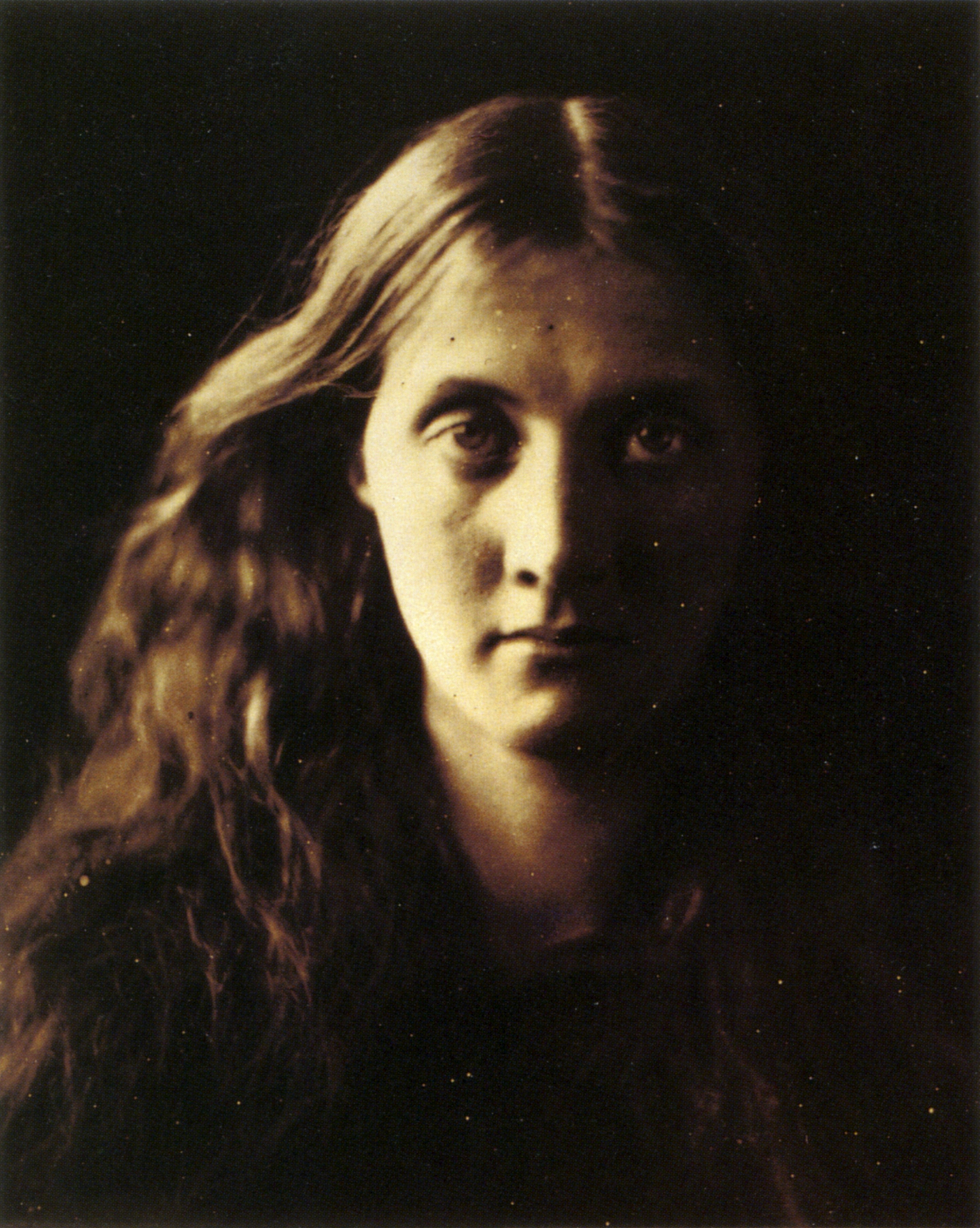 Woolf was born into a family of intellectuals; her father was an historian and author, who counted Henry James and James Russell Lowell as close friends, while her mother was an artist, and a model for the Pre-Raphaelite painters of the late 19th century (her portrait as a child is on the left). As a result, Virginia got the kind of education that her voracious curiosity needed.
Woolf was born into a family of intellectuals; her father was an historian and author, who counted Henry James and James Russell Lowell as close friends, while her mother was an artist, and a model for the Pre-Raphaelite painters of the late 19th century (her portrait as a child is on the left). As a result, Virginia got the kind of education that her voracious curiosity needed.
Her life was by no means idyllic, though. Virginia (and her sister) suffered from breakdowns (later assumed to be a form of bipolar disorder), and both suffered from the trauma of sexual abuse committed by their half-brothers, George and Gerald. As a result, Virginia spent several years as a young adult in institutions–but though her lifelong battle with her symptoms would hamper her social and personal life, she found a way to work, to think, and to write, even through some of the darkest periods in her life.
Following her father’s death in 1904, Virginia and her brother, Adrian, purchased a home at 46 Gordon Square, Bloomsbury. It was from the address that the famous Bloomsbury Group emerged, including some of the most deep-thinking and daring intellectuals of the period (and Virginia’s eventual husband, Leonard Woolf).
…Apparently, they were also quite the pranksters–Virginia donned a beard in order to help with the “Dreadnought Plot” in 1910, during which several of her Bloomsbury Group convinced the higher-ups in the British Navy that Virginia was a visiting royal from Abyssinia who wanted to see their flagships (which were considered government secrets at the time).
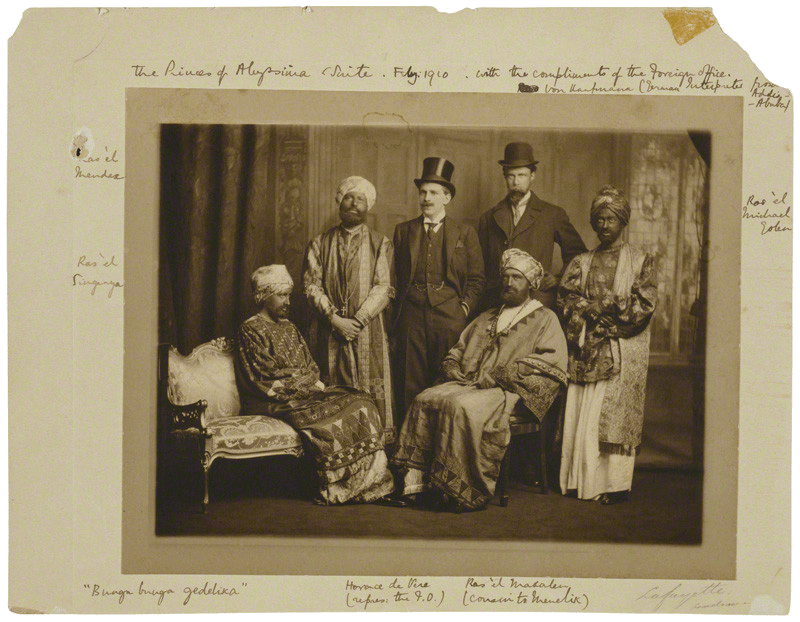
Virginia Woolf was a remarkable innovator of the English language, often writing in streams-of-consciousness that revolutionized the novel. Her works focus on the psychological and emotional development of her characters, rather than their physical actions or interactions, but does so in a way that is startling easy to grasp, and deeply, often heartbreakingly sympathetic. One of my favorite moments as a reader came from this passage from Woolf’s To the Lighthouse, which was a selection for the Library’s Classics Book Group a few years ago. This scene describes the heroine’s husband, a man of great value–and great flaws:
He was safe, he was restored to his privacy. He stopped to light his pipe, looked once at his wife and son in the window…the sight of them fortified him and satisfied him and consecrated his effort to arrive at a perfectly clear understanding of the problem which now engaged the energies of his splendid mind.
It was a splendid mind. For if thought is like the keyboard of a piano, divided into so many notes, or like the alphabet is ranged in twenty-six letters all in order, then his splendid mind had no sort of difficulty in running over those letters one by one, firmly and accurately, until it had reached, say, the letter Q. He reached Q. Very few people in the whole of England ever reach Q. …But after Q? What comes next? After Q there are a number of letters the last of which is scarcely visible to mortal eyes, but glimmers red in the distance. Z is only reached once by one man in a generation. Still, if he could reach R it would be something. Here at least was Q. He dug his heels in at Q. Q he was sure of. Q he could demonstrate. If Q then is Q—R—. Here he knocked his pipe out, with two or three resonant taps on the handle of the urn, and proceeded. “Then R . . . ” (From To The Lighthouse, Chap. 6, “The Window”)
And while Woolf revolutionized the mainstream novel, she was also a champion of the under-recognized: the women who were forced to hide their genius, men whose lives didn’t conform with society’s ideals, and those who, like Virginia, dealt with private, hidden, and yet sometimes overwhelming pain every single day. She used language as a tool to burrow ever closer to something that unites us all, that cuts through pain and fear and isolation, and forces us to confront ourselves, as well as rethink the way we see the world around us. Though Woolf’s own battle culminated in her taking her own life in 1941, her battles with her depression and grief remain an inspiration to readers around the world.
And if you are looking to discover more of Virginia Woolf’s words…in her own voice!…then check out this article from The Paris Review, which features the only known recording of Woolf’s voice, giving a talk on “Craftmanship”:
Happy reading, beloved patrons, and may you discover the whole alphabet today!

